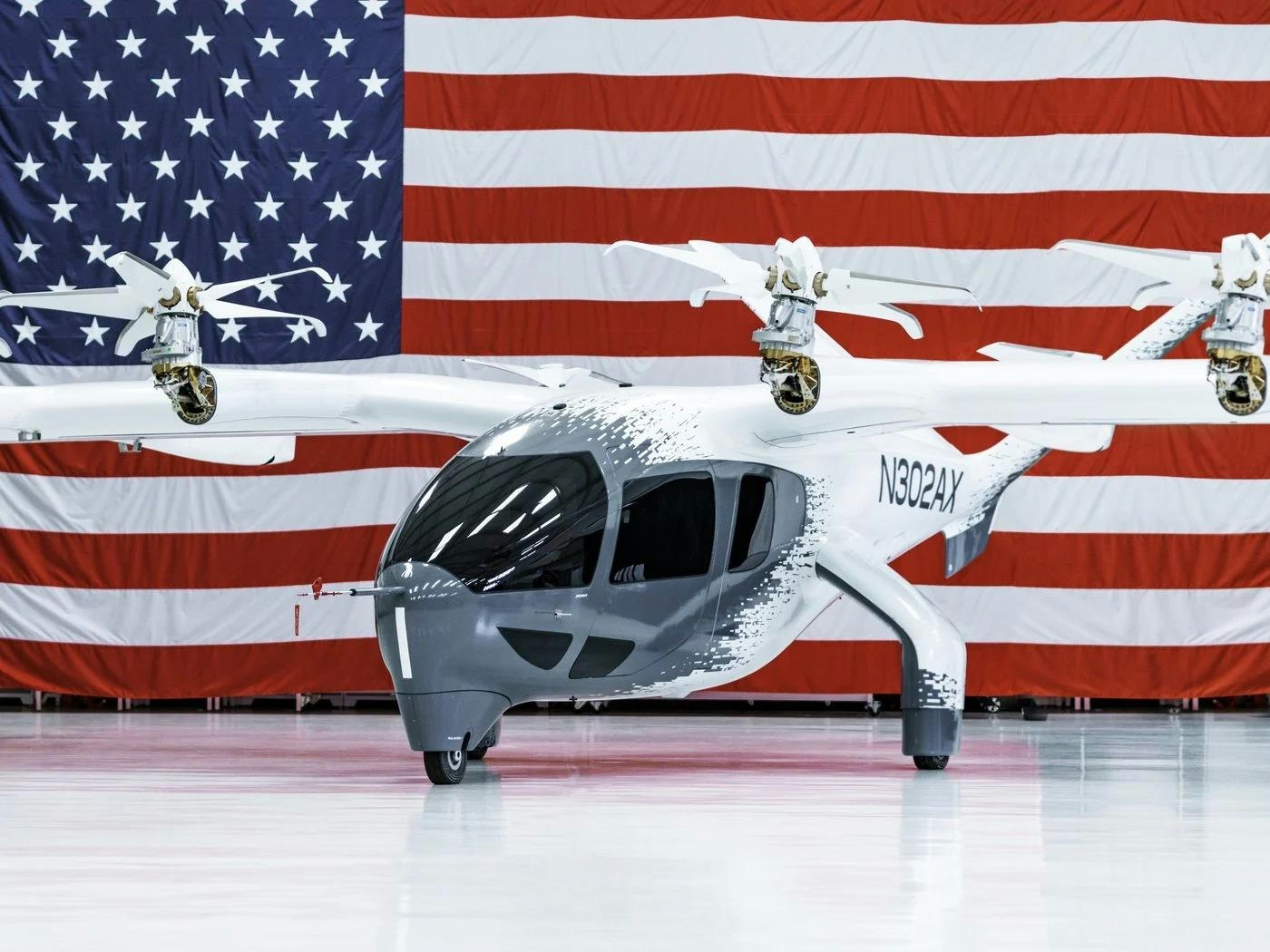
AeroGenie – Ihr intelligenter Copilot.
Trends
Categories
Spain, Belgium, and Hungary Advance Sustainable Aviation with Wizz Air’s SAF Trials
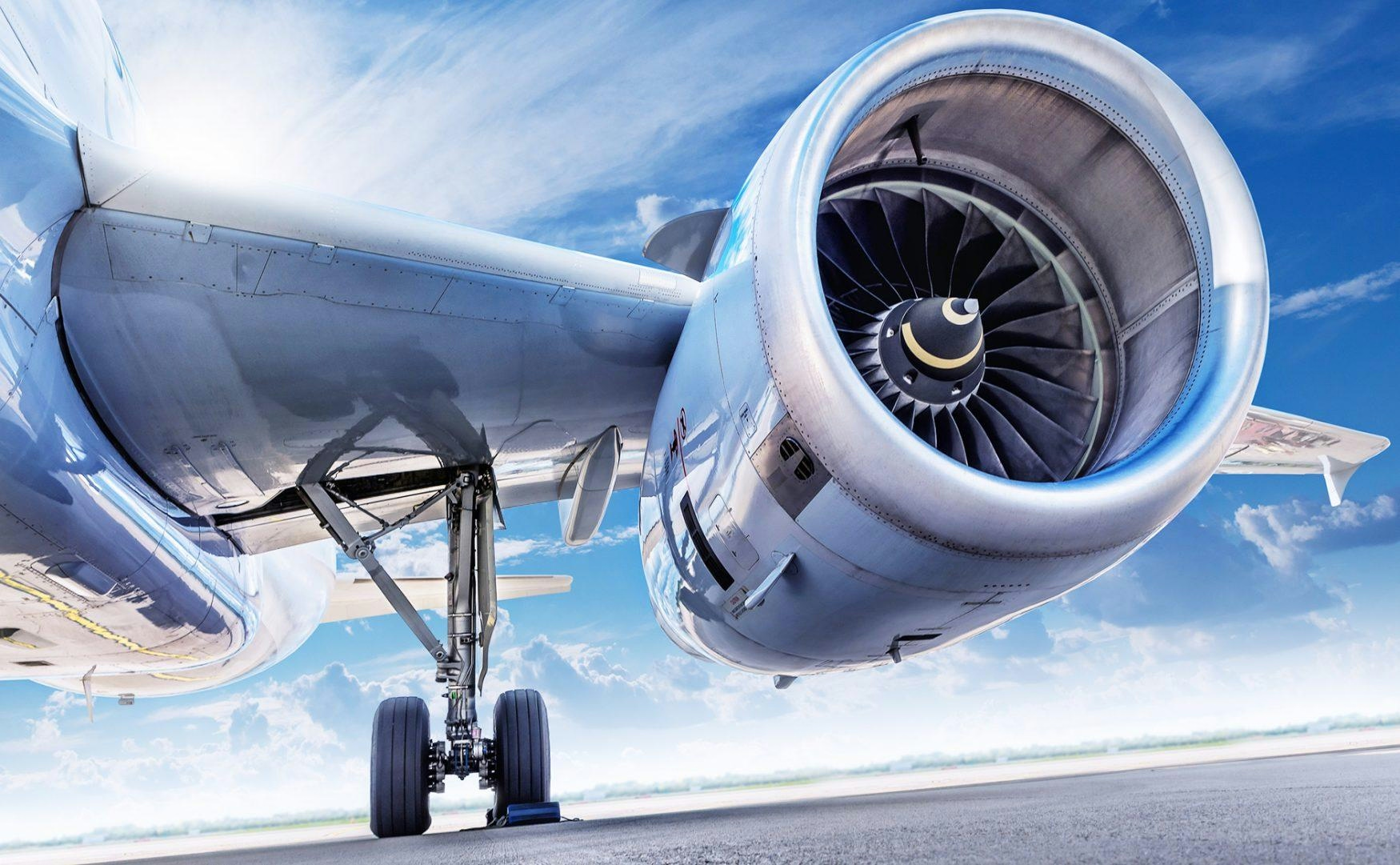
Spain, Belgium, and Hungary Advance Sustainable Aviation with Wizz Air’s SAF Trials
Spain, Belgium, and Hungary are positioning themselves at the forefront of sustainable aviation through a strategic partnership with Wizz Air aimed at accelerating the adoption of Sustainable Aviation Fuel (SAF). By combining coordinated policy support, cutting-edge fuel technologies, and collaborative alliances, these countries are working alongside Wizz Air to reduce carbon emissions on key European routes. This initiative not only advances environmental goals but also establishes these nations as leaders in the global transition toward greener air travel.
Wizz Air’s Commitment to Sustainability and Fleet Modernization
Wizz Air, recognized by Cirium as the world’s most emissions-efficient airline, has demonstrated significant progress in environmental, social, and corporate governance (ESG) initiatives, as detailed in its latest independently verified Sustainability Report for the financial year ending March 31, 2025. Central to this achievement is the airline’s industry-leading reduction in carbon intensity, reporting just 52.2 grams of CO₂ per passenger kilometer—a new benchmark for the sector.
A key factor driving these results is Wizz Air’s investment in fleet modernization. Operating Europe’s youngest and most fuel-efficient fleet, with an average aircraft age of 4.7 years, the airline currently fields 231 aircraft, including 153 advanced Airbus A321neo and A320neo models powered by Pratt & Whitney GTF engines. These engines reduce fuel consumption and CO₂ emissions by up to 20% while halving noise pollution compared to previous generations. Wizz Air aims to transition to an all-neo fleet by 2028, with over two-thirds of its aircraft already meeting this standard. This approach not only enhances operational efficiency but also reinforces the airline’s reputation as a pioneer in sustainability. Celebrating two decades of partnership with Airbus, Wizz Air recently unveiled a special livery aircraft symbolizing its ongoing commitment to innovation and sustainable aviation.
Advancing SAF Trials and Industry Collaboration
Wizz Air has made notable strides in the deployment of Sustainable Aviation Fuel. Between October and December 2024, the airline conducted SAF trial flights on routes including Barcelona–Budapest and Brussels Charleroi–Budapest, in collaboration with partners Moeve and World Fuel Services. These trials form part of a broader industry movement toward SAF adoption, which includes continuous SAF supplies introduced by Million Air in Albany, Honeywell’s expansion of SAF technology licensing, and the International Air Transport Association’s (IATA) launch of a platform connecting airlines with SAF producers.
Despite the promising developments, the transition to SAF faces significant challenges. The high cost of SAF relative to traditional jet fuel, logistical complexities in scaling production and distribution, and inconsistent regulatory frameworks across countries remain substantial obstacles. Nevertheless, market responses have been largely positive, with growing investor interest in companies embracing SAF. While competitors have initiated their own SAF programs, some remain cautious about the feasibility and cost-effectiveness of widespread SAF integration.
As Wizz Air and its European partners continue to advance SAF trials and fleet modernization, their efforts highlight both the potential and the complexities involved in decarbonizing aviation. Their leadership sets a new industry standard and underscores the importance of collaborative and innovative strategies in achieving a more sustainable future for global air travel.

Vietnam Airlines Sells Airbus A321 Fleet to Arena Aviation Capital in Record Deal
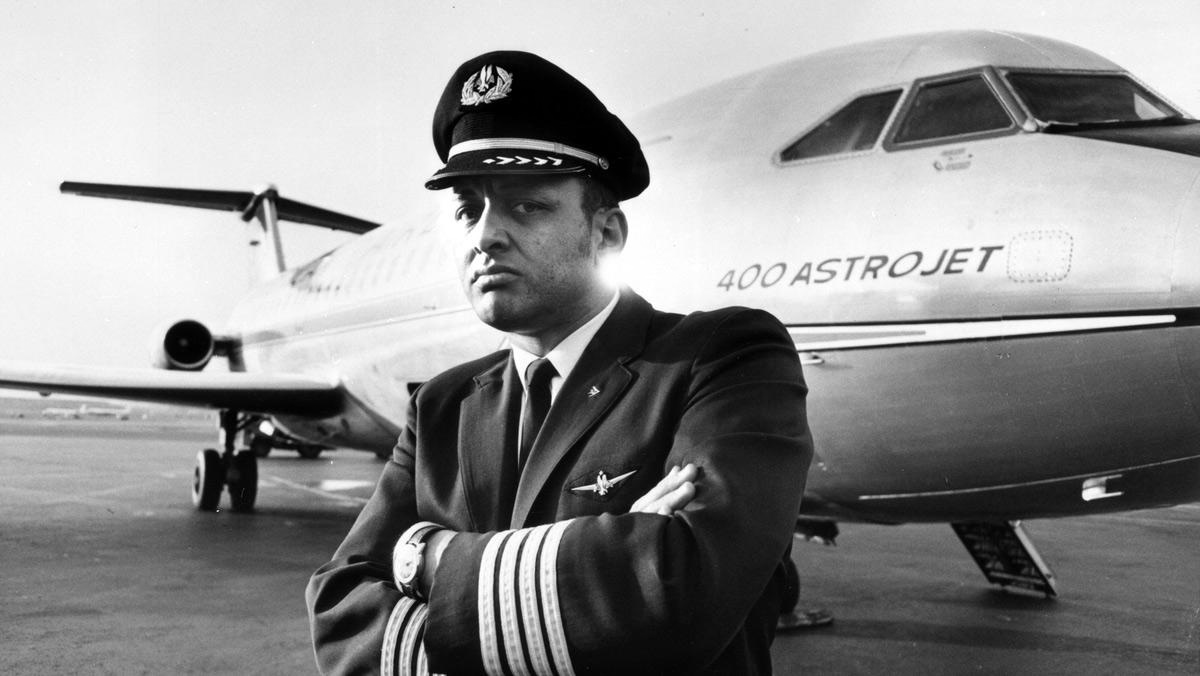
American Airlines at 100: A Century of Innovation in Global Travel
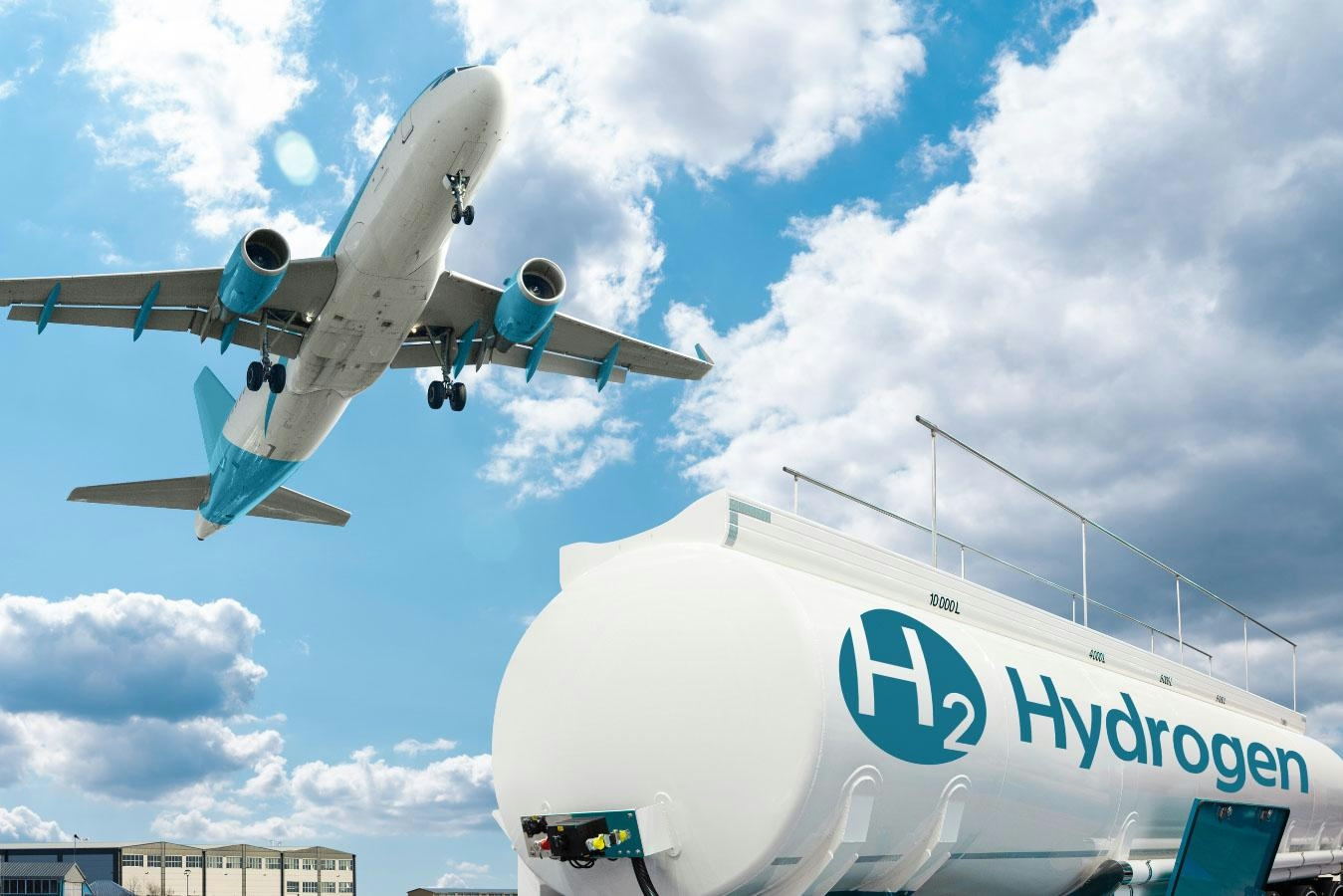
Hydrogen Combustion vs. Fuel Cells: Evaluating Options for Aviation
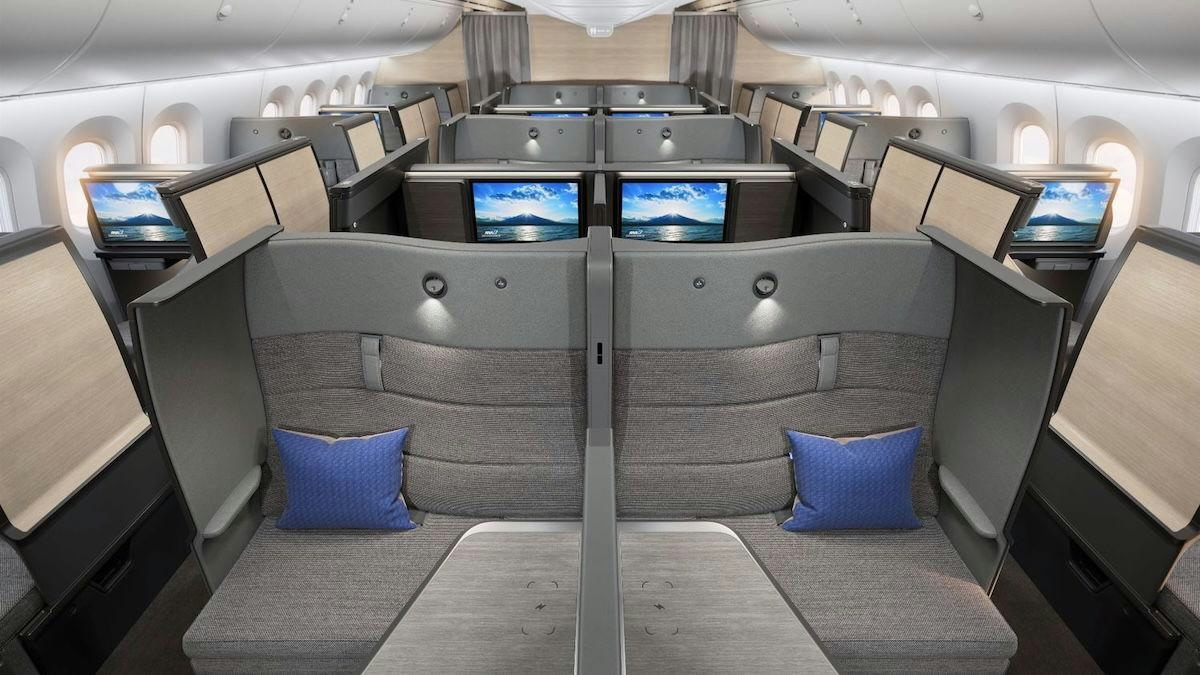
ANA Introduces The Room FX Business Class on Boeing 787 Dreamliners
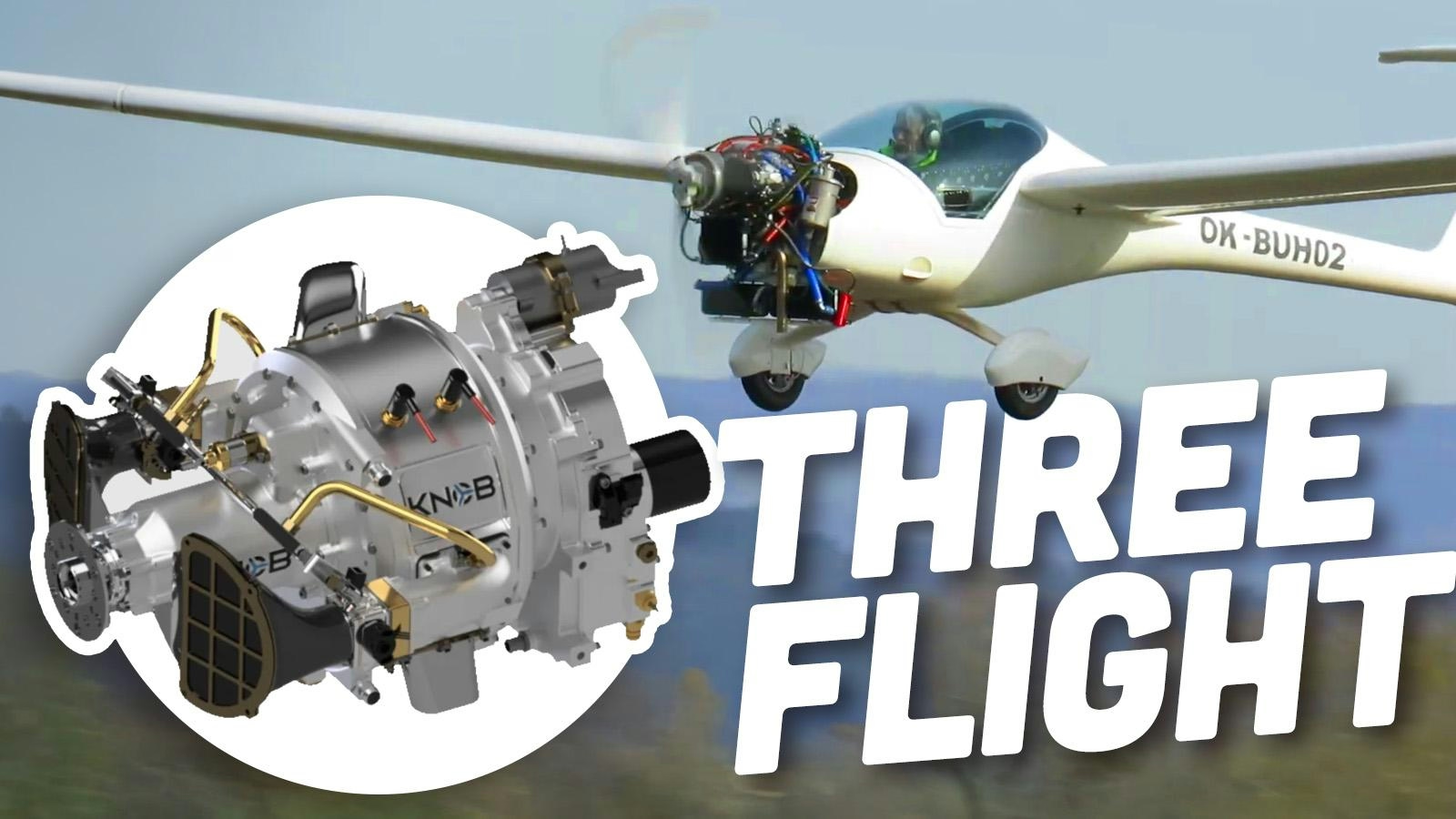
New Three-Cylinder Engine Features Rotating Block and Stationary Head

Credit Card Rewards Compete with Airline and Hotel Loyalty Programs
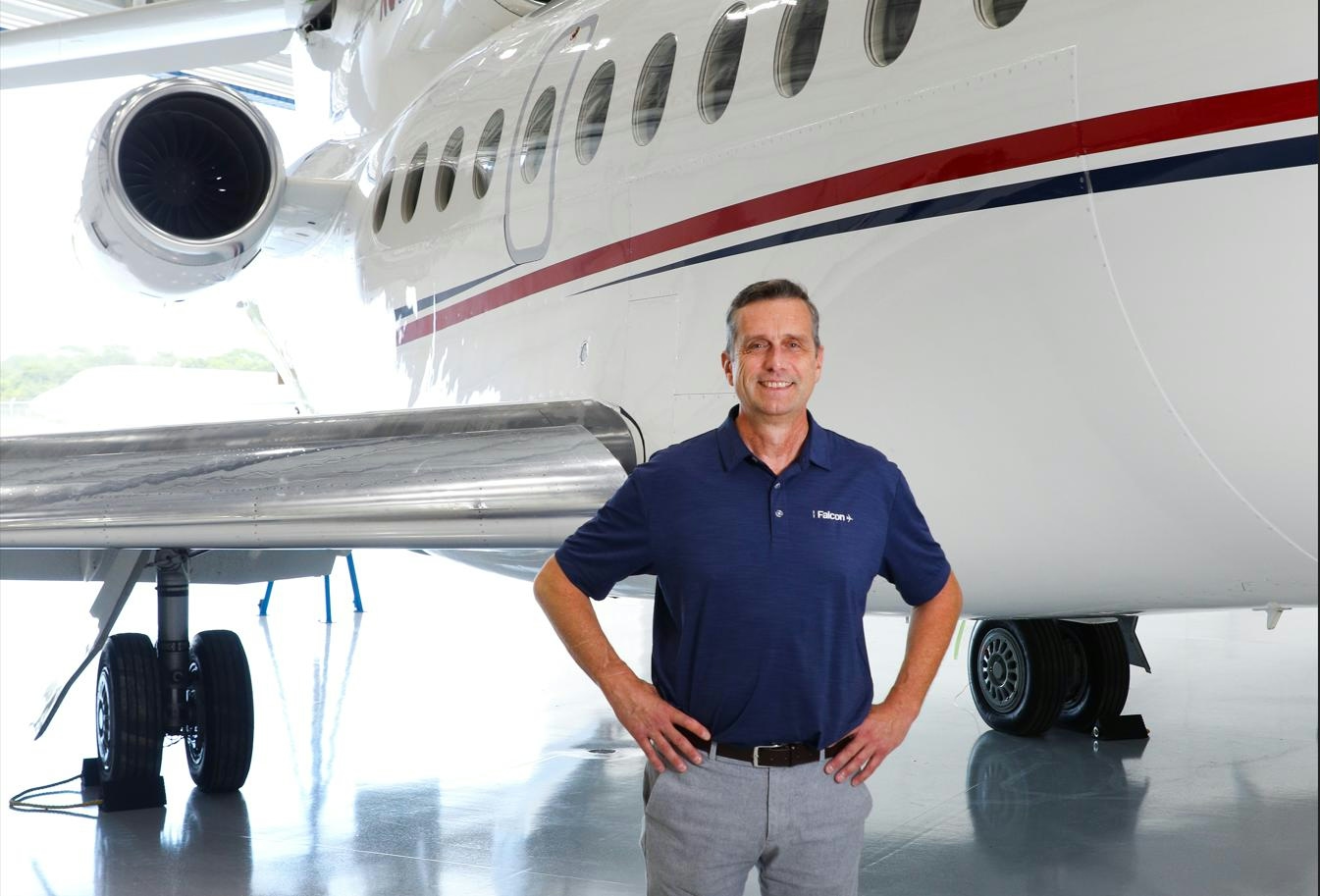
ExecuJet MRO Installs Starlink on Falcon 8X
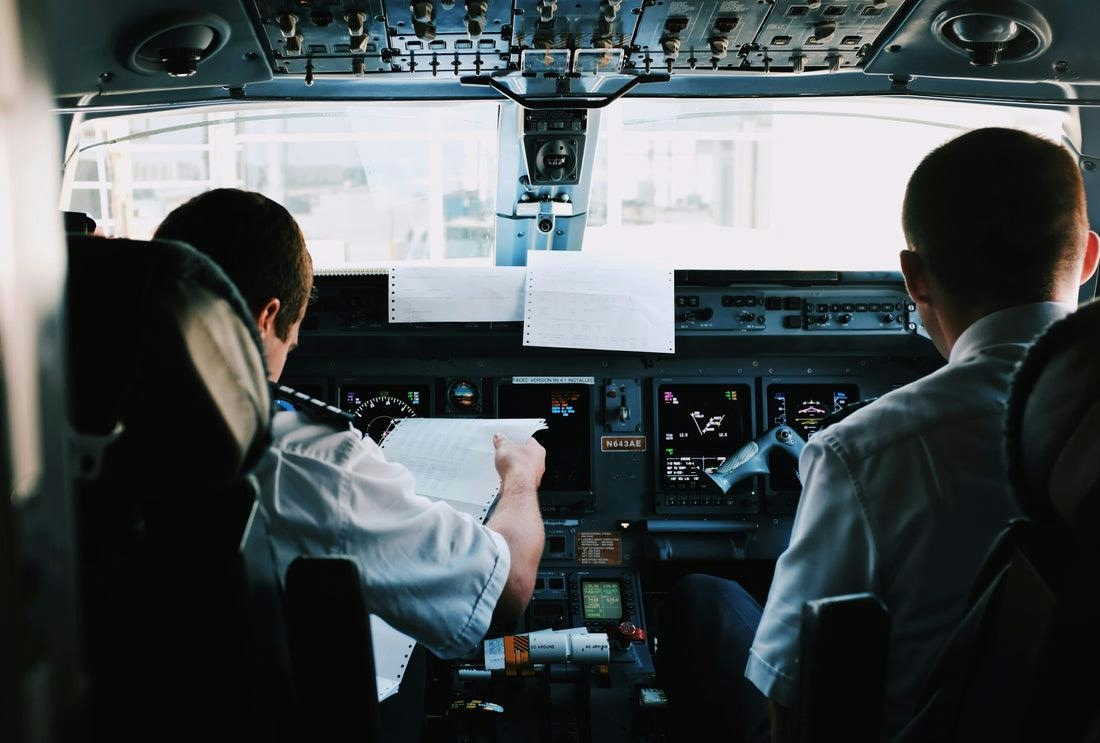
New Airlines Confront Supply Chain and Staffing Challenges

Global Airline Route Planning Software Market Forecasts Through 2035
